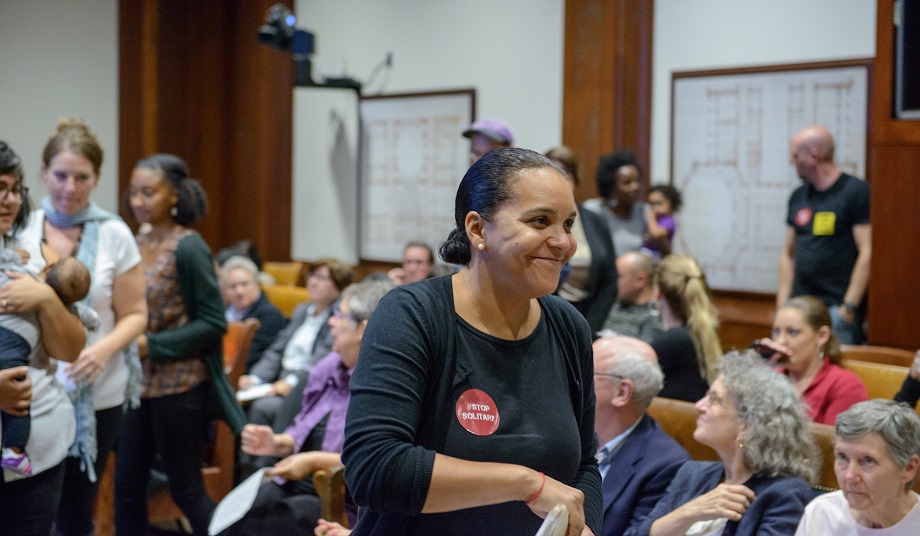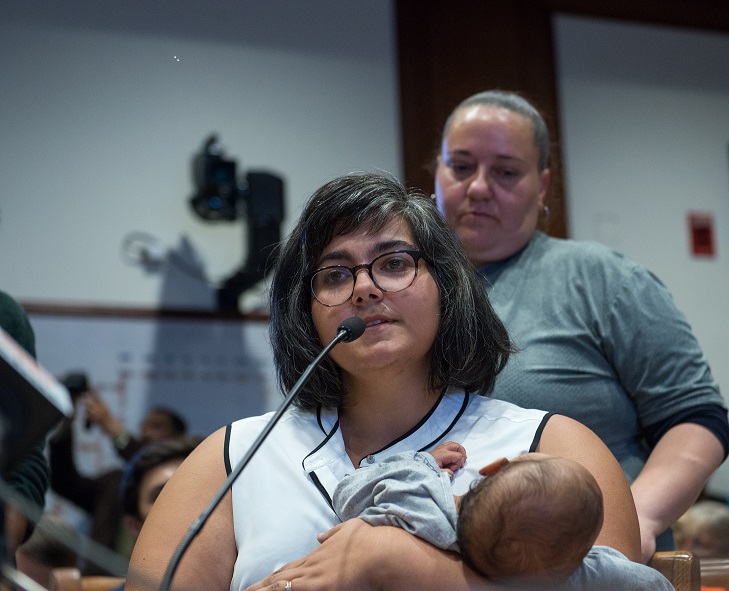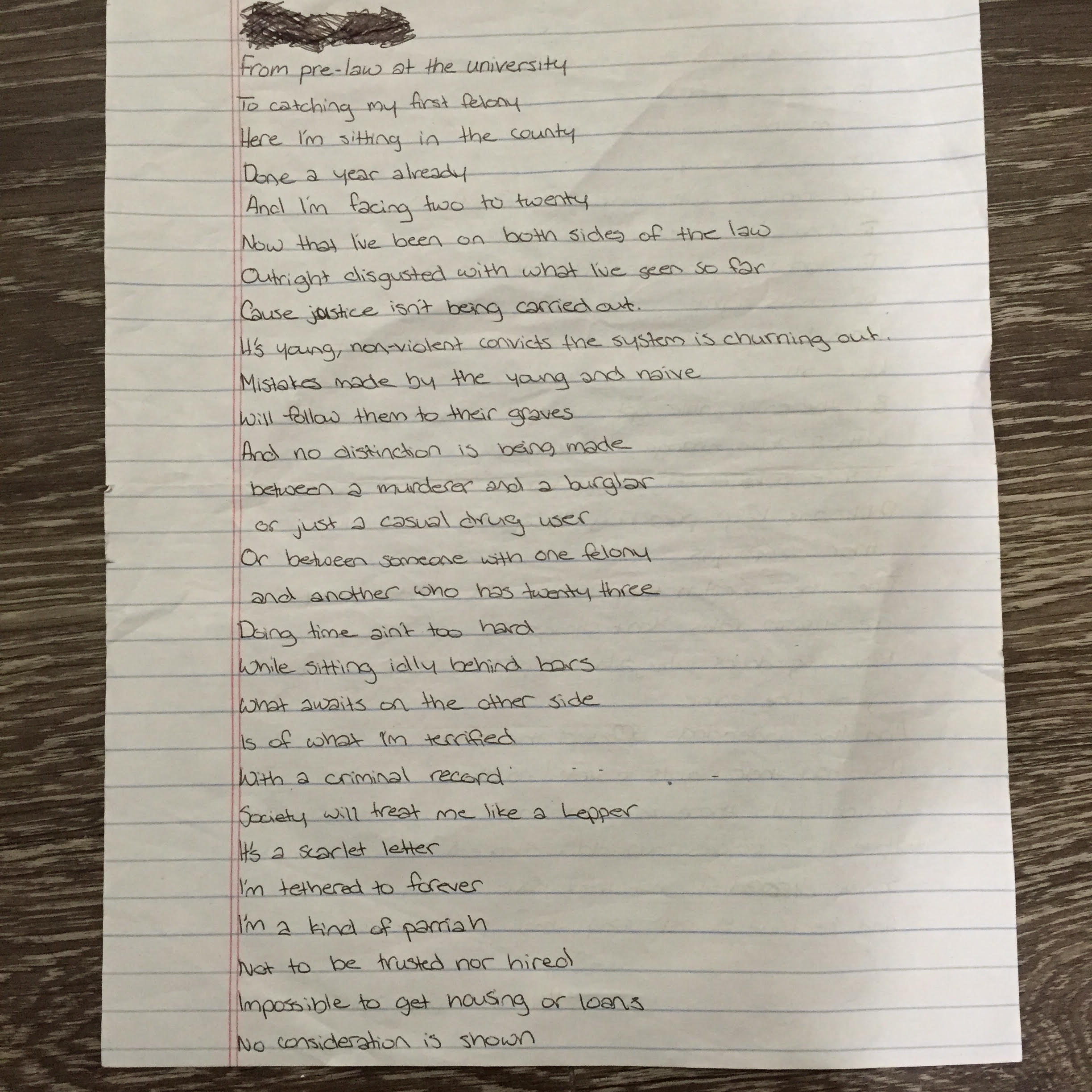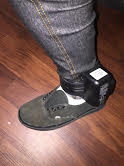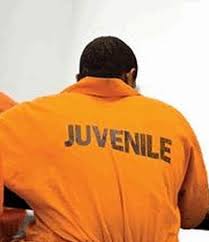
Photo Courtesy of Dylan Snyder, P.A.
As people across the country know by now, Massachusetts is waiting for the verdict in the trial of Philip Chism, the juvenile accused of murdering and raping Danvers High School teacher Colleen Ritzer. This was a horrendous tragedy, and as someone who has paid close attention to the case, about as awful as one could imagine for the families involved. The crime was horrific, and nothing can bring back the young woman who was beloved by many.
The question of whether or not Chism will be found guilty or not guilty by reason of insanity is certainly the one the jury is considering as I write this. They are swamped with exhibits and notes, images and videos, and their own view of the crime scene as they decide a verdict. But today, I am also considering another question: why are we in a situation where someone age 14 was tried as an adult?
I wrote about this two years ago for Boston Magazine where I pointed out “Since 1996, Massachusetts has had a law on the books that’s one of the harshest in the nation, according to the Massachusetts Coalition for Fair Sentencing for Youth.” We allow fourteen-year-olds accused of homicide to be automatically tried as adults.
We’re years away from the superpredator myth that kids were going to kill at every turn, and yet we still criminalize black youth. The 90’s brought lack of justice to the forefront with terrible cases against innocent kids like the Central Park Five. Since that time, Massachusetts laws have inched along, brain research has been even more linked with law, and there may be new requirements for Salem Superior Court Judge David Lowy when he gets to the sentencing phase of this trial.
As Daniel S. Medwed, professor of law at Northeastern University, recently wrote for WGBH News, we now have research from the National Institute of Mental Health to prove that “[t]he parts of the brain responsible for more ‘top-down’ control, controlling impulses, and planning ahead—the hallmarks of adult behavior—are among the last to mature.” Yes, behavior, the chief honcho, must always be accompanied by its sidekick, brain research when we think about how kids develop.
Neuroscience research won’t necessarily come into play with Chism because he’s being tried as an adult. However, should it? Interestingly, brain scans which the Defense attempted to get admitted into the trial were not allowed by the judge. Julie Maganis, writing for the Salem News said “The teen’s lawyers cannot call an expert on brain development to tell jurors that a recent MRI showed similarities between Chism’s brain and those of people with schizophrenia and traumatic injuries.” Judge Lowy ruled against allowing the information into the trial in part because Chism had never been diagnosed with schizophrenia.
Dr. Judith Edersheim, cofounder and co-director of the Massachusetts General Hospital Center For Law, Brain and Behavior, said in an interview for Vice that, in general, diagnosing juveniles is difficult because they change so quickly.
But in my mind, knowing that a juvenile’s brain is literally different from an adult’s, as well as the fact that their behavior is different (more impulsive, more risk-taking, more influenced by peers etc.) is a core point. Trying a juvenile as an adult when a juvenile is scientifically NOT an adult is questionable. Can we hold them responsible in the exact same way we hold adults responsible?
We can’t change the fact that this case has already occurred in an adult court although, who knows, maybe appeals will come to that.
Several recent Supreme Court cases have paved the way for us to insist that juveniles be given the chance to change. As articulately explained by Susan Zalkind, “Beginning in 2005, there was trilogy of United States Supreme Court cases; Roper v. Simmons [in which the court ruled juveniles can’t get the death penalty], Graham v. Florida [in which the court ruled juveniles can’t get life without parole for a non-homicide crime], and Miller v. Alabama. Because of Miller v. Alabama in 2012, no longer can judges be compelled to impose life without parole on juveniles convicted of first-degree murder.
In Massachusetts, the Supreme Judicial Court went further in 2013 and said a meaningful opportunity for parole was necessary for such youth. Because of this ruling 63 men (no women in the cohort) who were sentenced to life without parole when they were youths, have been given the opportunity to try for parole. No guarantees for those who apply, and many are in their 40’s and some in their 50’s, but so far almost half those who have come before the Parole Board have been found eligible for parole.
In 2014, the Massachusetts Legislature passed another law. That law provides for initial parole eligibility for those juveniles convicted of first-degree murder at 20 to 30 years, depending on the specifics of the murder charge, but it calls for a mandatory sentencing of 30 years in cases of “cruelty and atrocity,” a legal term defining the means of murder.
Activists fought against this, aiming to keep the SJC’s recommended fifteen years before parole eligibility, but lost. As the state’s child advocate and former juvenile judge Gail Garinger said at a Statehouse hearing on the bill, “We can’t enact a law that only responds to the horrific crimes that are reported in the press.”
And yet, one could argue, because of the Chism case, we did. Judge Lowy however, will have to sentence Chism under the old laws since they were in effect when the young man committed the crime. Chism, a child at the time of the killing, could be held in DYS until he is 18, sent to an adult prison at that time, and not get to see the Parole Board until he has lived what most kids undoubtedly consider another lifetime. Or he could be held in an adult prison and monitored one on one so the prison doesn’t violate prison rape laws to keep him from any adult contact.
Massachusetts raised the age of adulthood from 17 to 18 in 2014, and it is logical to argue that one is a juvenile until he or she is 18. Certainly the age limit for juvenile court varies, but in most states the cut off is age 18. However, Connecticut’s governor, just this past fall, has taken a leap that could be groundbreaking. After the age was raised twice in recent years, “juvenile crime levels plummeted” said Vincent Schiraldi, a former commissioner of probation for New York City, and senior research fellow at Harvard Kennedy School. Additionally, “the number of young people in both Connecticut’s juvenile facility and young adult prison dropped to record lows.” Now Governor Dannel Malloy wants to raise the age to 21 and if that occurs, juveniles won’t be tried as adults until they reach the age of majority.
Yes, there are crimes that are brutal and we need ways to address these horrific acts (see the Missouri Model). But sentencing children as adults isn’t the just thing to do, and as we are learning it also isn’t the way to stop crime. Creating a just juvenile system should be a priority.


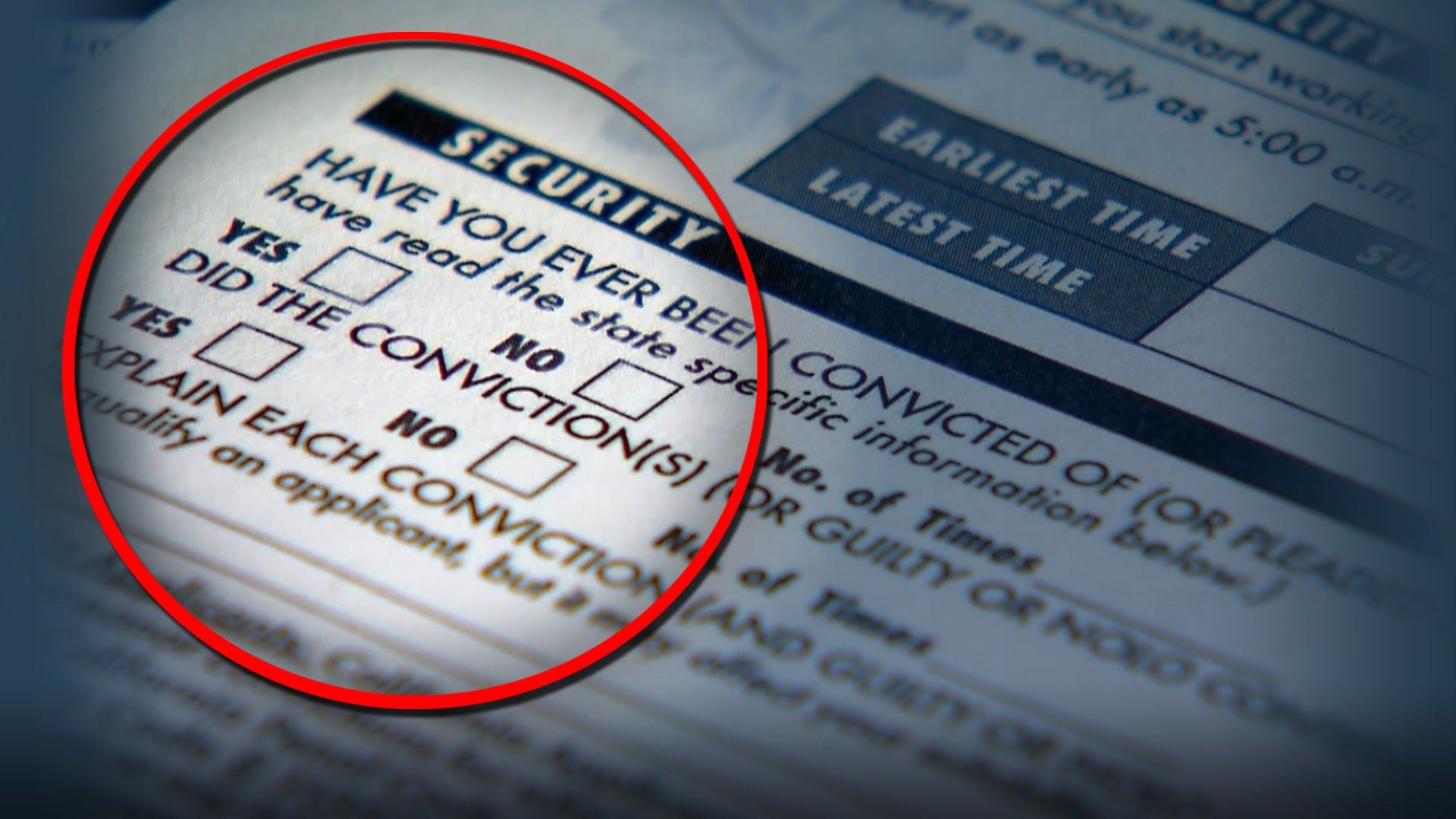
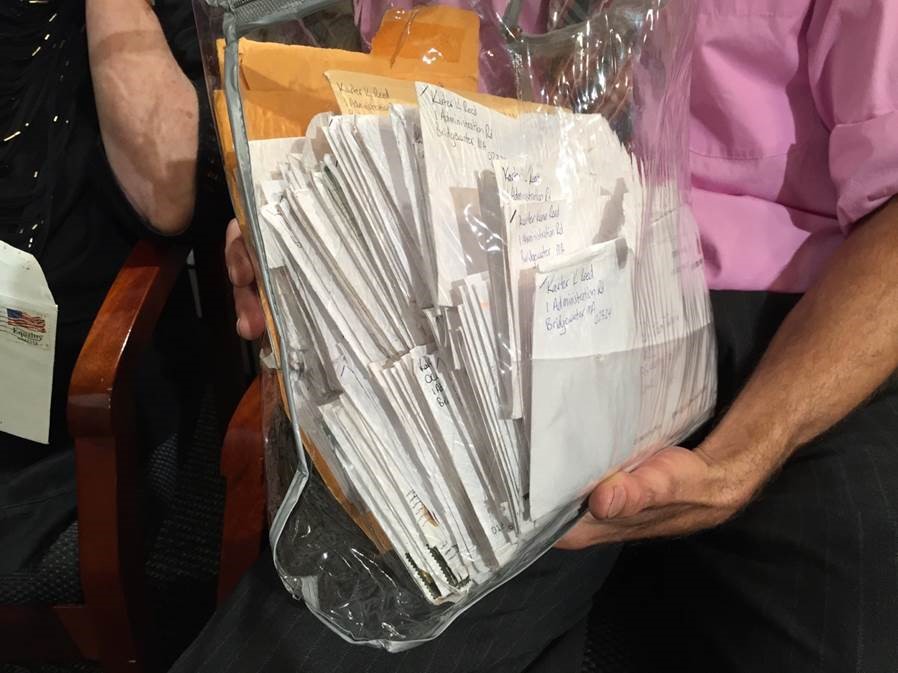
 Thanksgiving is rough on the families who are visiting their loved ones behind bars. Mary Gautier, Louisiana born and Nashville now, kicking around with over five albums, has a song that really hits me when I think of how hard it is for everyone in this constellation, the families and the prisoners. It’s called “Thanksgiving.” You can listen to it
Thanksgiving is rough on the families who are visiting their loved ones behind bars. Mary Gautier, Louisiana born and Nashville now, kicking around with over five albums, has a song that really hits me when I think of how hard it is for everyone in this constellation, the families and the prisoners. It’s called “Thanksgiving.” You can listen to it 